
How To Grow Lavender Indoors in Pots

Lavender (Lavandula spp.) is one of the most beloved aromatic herbs, known for its soothing fragrance, beautiful purple blooms, and numerous health benefits.
While it thrives outdoors, many people don’t realize that lavender can also be grown successfully indoors—as long as you provide the right conditions!
If you love fresh lavender but lack garden space or live in a cold climate, growing lavender in pots indoors is the perfect solution.
In this detailed guide, we’ll cover:
- The best lavender varieties for indoor growing
- Step-by-step planting instructions
- Light, water, and soil requirements
- Common mistakes to avoid
- How to keep your indoor lavender thriving year-round
Let’s get started!
Choosing the Right Lavender Variety for Indoor Growing
Not all lavender varieties adapt well to indoor conditions. The best types for pots and indoor spaces are compact, slow-growing varieties that won’t outgrow their containers too quickly.
Best Lavender Varieties for Indoor Growing:
- French Lavender (Lavandula dentata) – Best suited for warm indoor environments with consistent temperatures.
- English Lavender (Lavandula angustifolia) – Highly fragrant and compact, ideal for sunny windowsills.
- Lavender ‘Goodwin Creek Grey’ – Grows well indoors and tolerates low humidity.
- Spanish Lavender (Lavandula stoechas) – Distinctive “rabbit ear” flowers, thrives in containers.
- Dwarf Lavender Varieties – Like ‘Munstead’ and ‘Hidcote,’ perfect for small spaces and pots.
Pro Tip: Avoid large varieties like Lavandula x intermedia (hybrid lavenders), which grow too large for indoor containers.
How to Grow Lavender Indoors in Pots (Step-by-Step Guide)
1. Choose the Right Pot
Size: At least 12-16 inches wide and 8-12 inches deep to allow root growth.
Material: Clay or terracotta pots work best because they allow air circulation and prevent waterlogging.
Drainage: Ensure the pot has large drainage holes at the bottom to prevent root rot.
Avoid plastic pots—they retain too much moisture, which can cause fungal diseases in lavender.
2. Use Well-Draining, Sandy Soil
Best Soil Mix:
- 50% potting soil + 50% coarse sand/perlite (for aeration and drainage).
- Alternatively, use a cactus or succulent mix, as it mimics lavender’s natural Mediterranean soil.
Avoid dense, moisture-retaining soils like regular potting mix or garden soil, as they hold too much water, leading to root rot.
3. Provide Plenty of Sunlight
Lavender needs at least 6-8 hours of bright light daily to thrive indoors.
Best Locations:
- South or west-facing windows (for maximum sunlight).
- Use a grow light if natural light is insufficient (especially in winter).
If lavender gets leggy and weak, it’s not receiving enough light. Supplement with full-spectrum LED grow lights for 12-14 hours per day.
4. Watering Lavender Indoors (Less is More!)
One of the biggest mistakes people make with lavender is overwatering.
How to Water:
- Water only when the soil is completely dry (about once every 7-10 days in summer, every 2-3 weeks in winter).
- Use room-temperature water and water at the base, avoiding the leaves.
- Let excess water drain completely—never let the pot sit in standing water.
Signs of Overwatering: Yellowing leaves, mushy stems, and wilting.
5. Keep Humidity Low & Maintain Proper Air Circulation
Lavender hates humidity, so avoid keeping it in steamy bathrooms or kitchens.
How to Reduce Humidity:
- Place the pot in a dry, airy room with good airflow.
- Use a fan to keep air moving if needed.
- Keep lavender away from humidifiers.
Too much humidity encourages mold and root rot—keep lavender in a dry, well-ventilated space.
6. Feeding Lavender (Minimal Fertilizer Needed!)
Lavender doesn’t need frequent fertilization—too much nitrogen encourages leafy growth but reduces flowering.
Best Fertilizers for Lavender:
- Use a low-nitrogen, organic fertilizer once every 4-6 weeks in spring & summer.
- Avoid synthetic fertilizers—lavender thrives in lean, nutrient-poor soil.
Pro Tip: A sprinkle of bone meal or fish emulsion helps promote strong roots and blooms.
7. Pruning & Harvesting Lavender Indoors
Pruning keeps lavender bushy and encourages new growth.
How to Prune Lavender Indoors:
- Trim back 1-2 inches after blooming to maintain shape.
- Cut off dead flowers and stems to prevent disease.
- Avoid cutting into woody stems, as they don’t regrow.
Harvest lavender flowers once they are fully open for maximum fragrance and oil content.
Common Problems & How to Fix Them
Problem 1: Yellowing Leaves
- Cause: Overwatering or poor drainage.
- Solution: Reduce watering and improve drainage with a sandier soil mix.
Problem 2: Weak, Leggy Growth
- Cause: Insufficient light.
- Solution: Move to a brighter spot or use a grow light.
Problem 3: No Flowers
- Cause: Over-fertilization or low light.
- Solution: Reduce feeding and increase light exposure.
Problem 4: Mold or Root Rot
- Cause: Excess moisture and poor airflow.
- Solution: Improve air circulation and water less frequently.
Benefits of Growing Lavender Indoors
- Natural Air Freshener – Lavender’s fragrance purifies air and reduces odors.
- Calming Effects – Acts as a natural stress reliever and sleep aid.
- Repels Insects – Keeps mosquitoes, flies, and moths away.
- Homegrown Herbs – Use fresh lavender for tea, aromatherapy, or cooking.
- Aesthetic Beauty – Adds gorgeous purple blooms to your home décor.
Yes! With the right care, lavender can thrive inside your home year-round.
If you follow these simple steps, you’ll have a healthy, thriving lavender plant indoors—filling your home with its beautiful scent and stunning blooms.
💬 Have you tried growing lavender indoors? What challenges did you face? Share your experience in the comments!
News in the same category

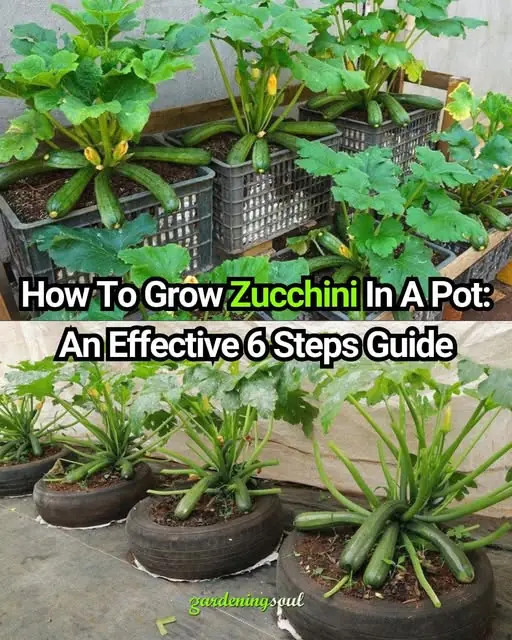
How To Grow Zucchini In A Pot: An effective 6 steps guide
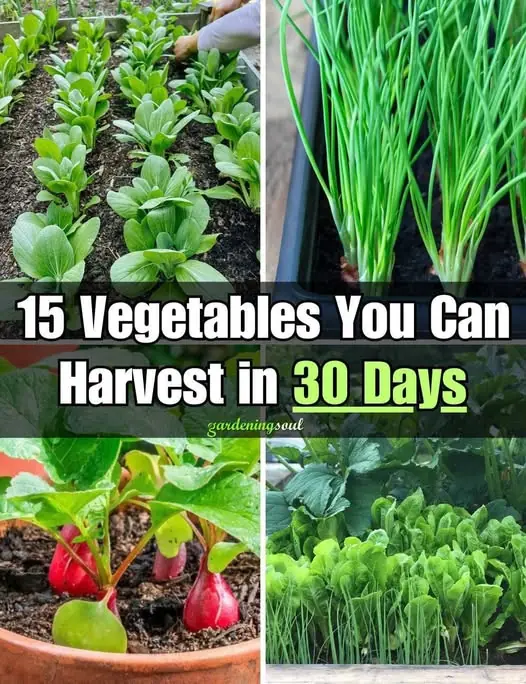
15 Vegetables You Can Harvest in 30 Days
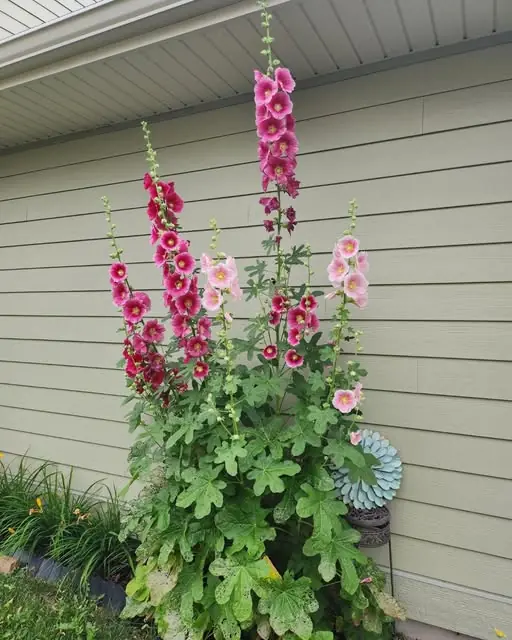
Why You Should Grow Hollyhocks in Your Yard and How to Eat Every Part of this Plant

11 Reasons to Grow a Rosemary Hedge & The Easy Way to Do It
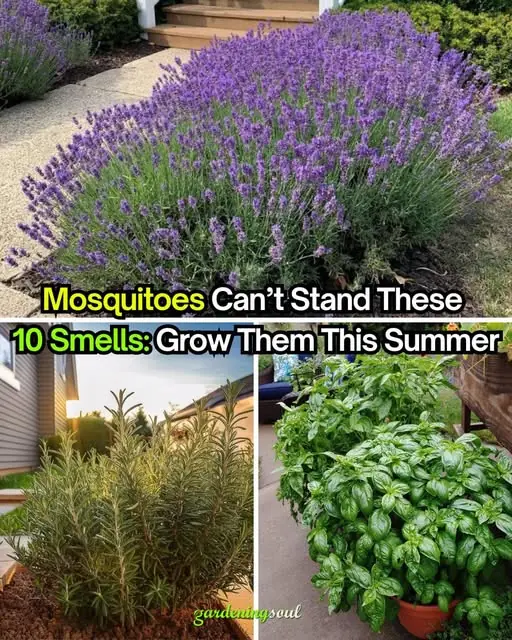
Mosquitoes Hate These Plants. Grow Them In Your Home

Unlock the Health Benefits of the Castor Bean Plant: A Natural Remedy for Wellness
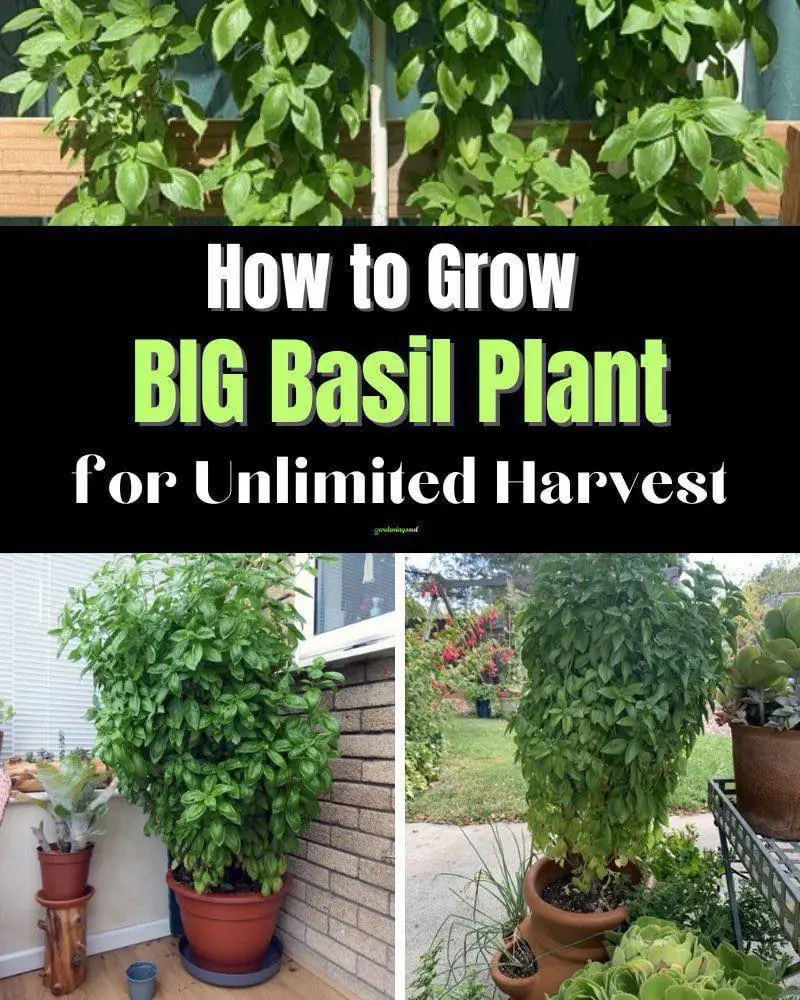
How to Plant, Grow and Harvest Basil – Complete Guide
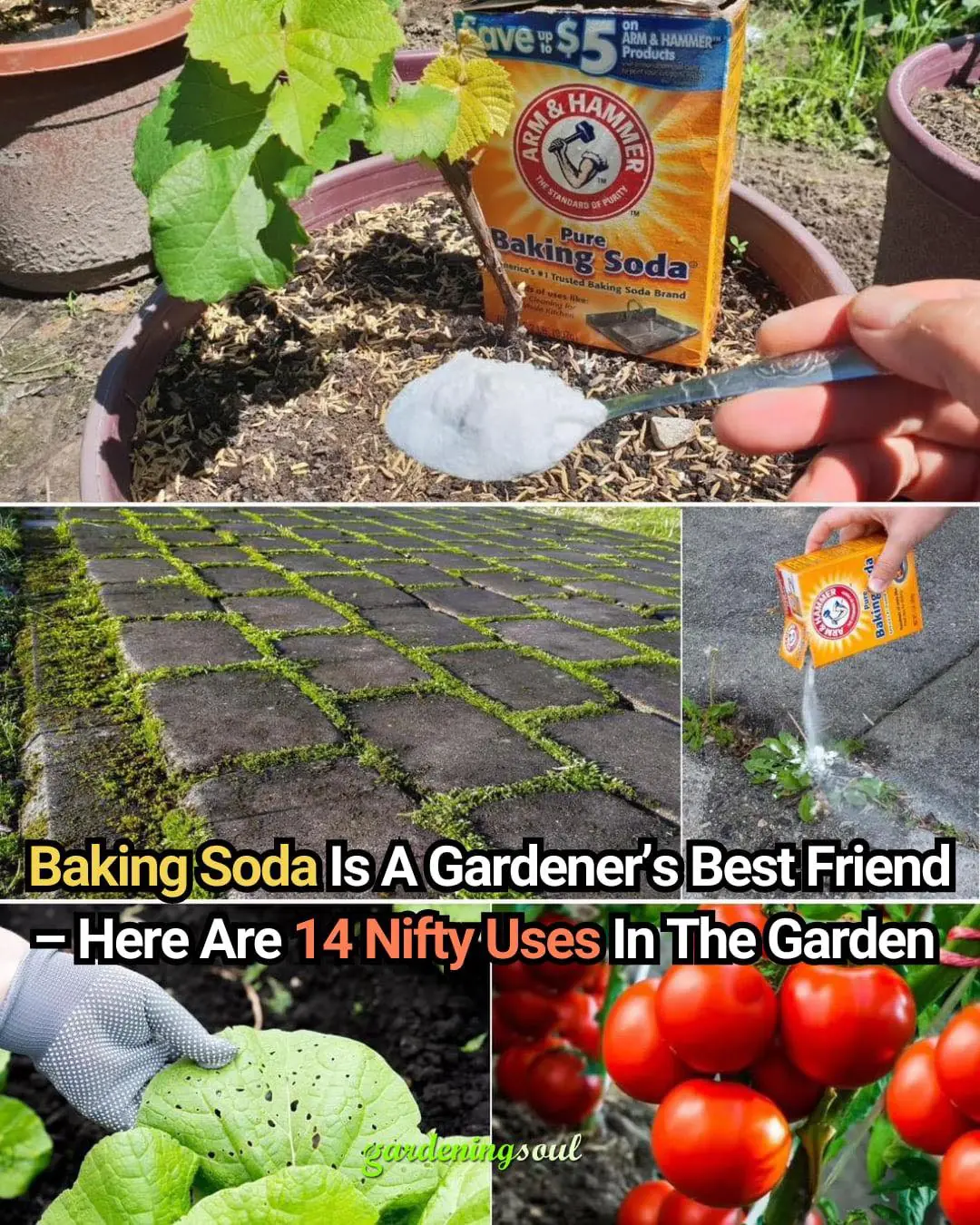
Baking Soda Is A Gardener’s Best Friend – Here Are 14 Nifty Uses In The Garden
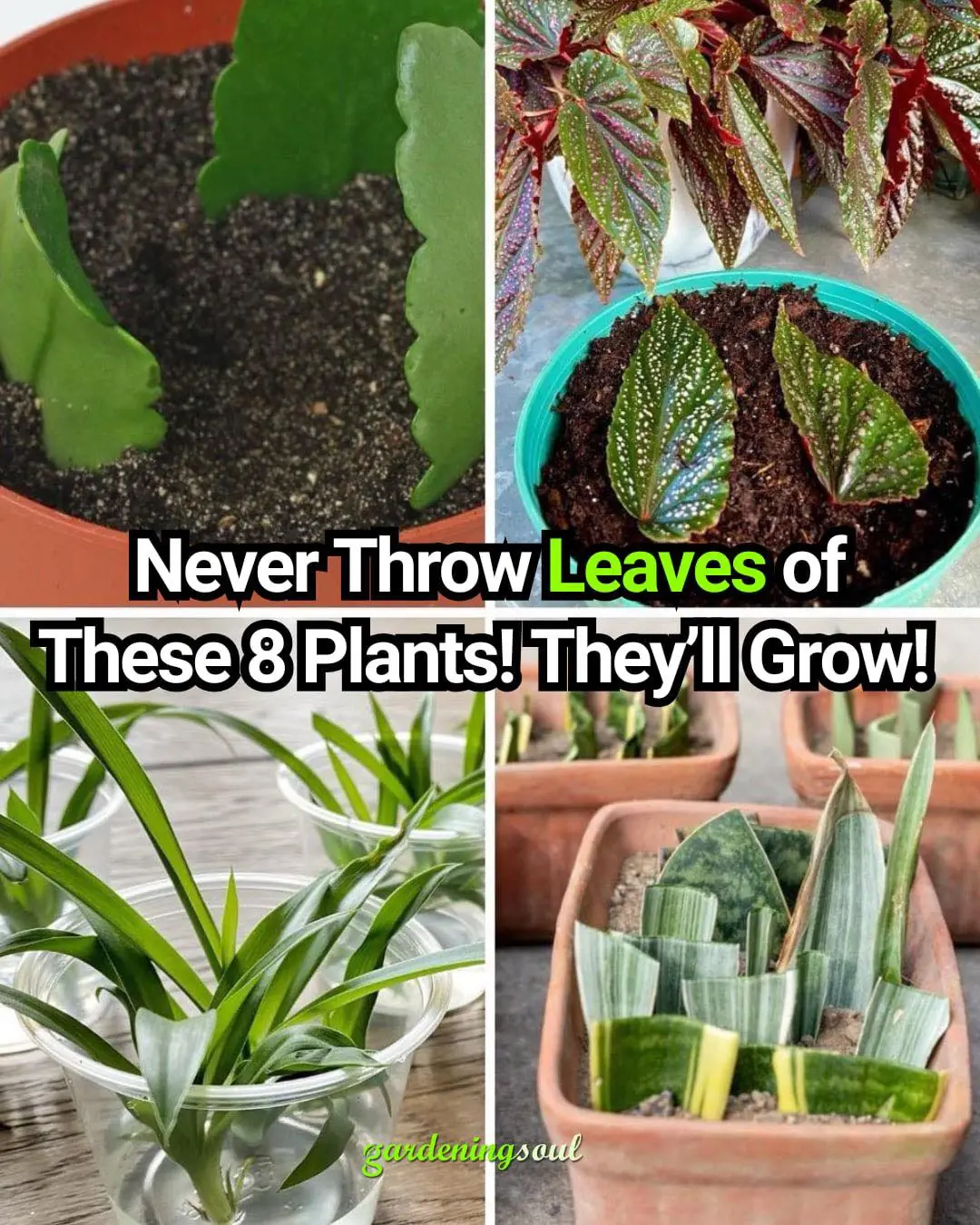
Never Throw Leaves of These 8 Plants! They’ll Grow!
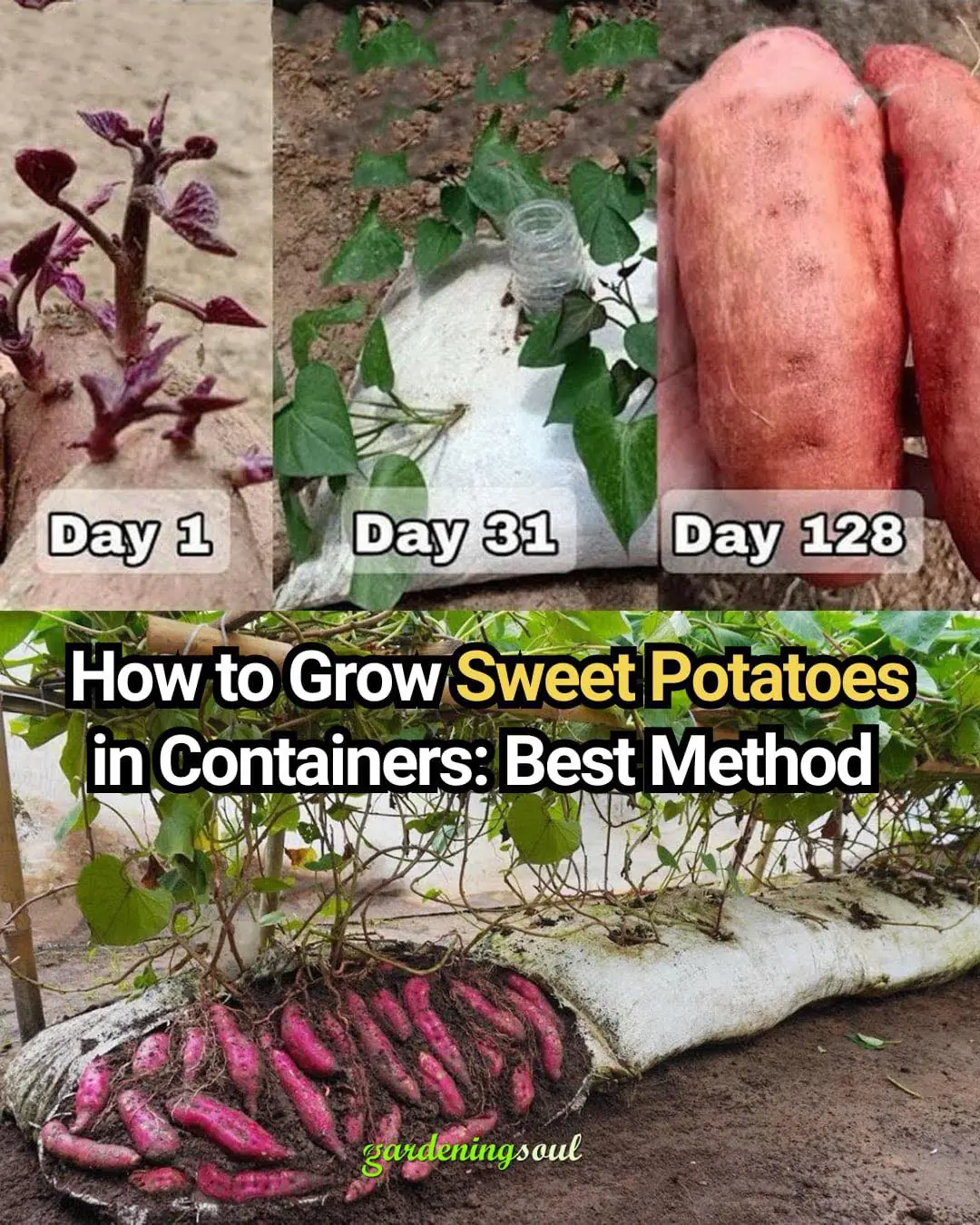
How to Grow Sweet Potatoes in Containers: Best Method
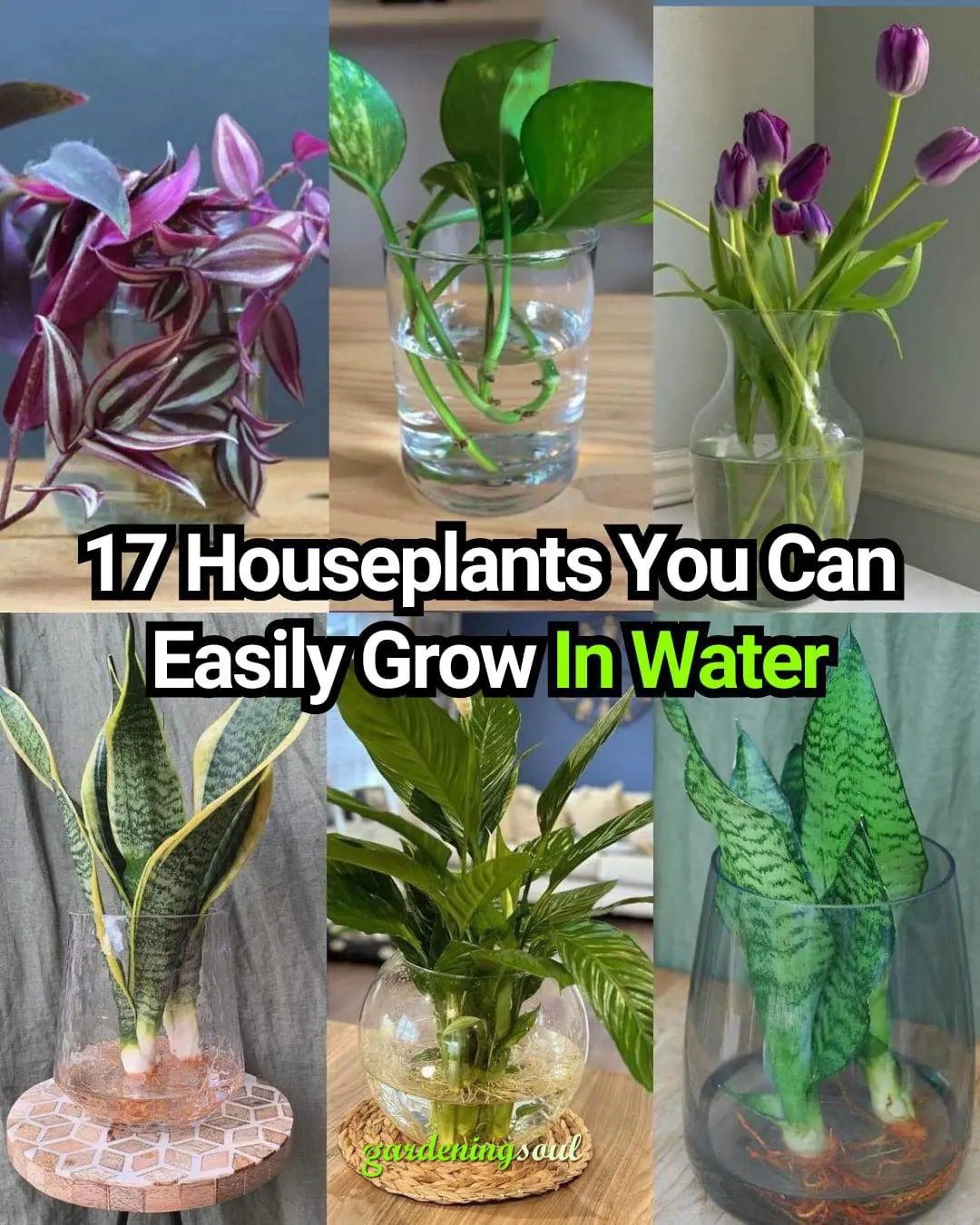
17 Houseplants You Can Easily Grow In Water
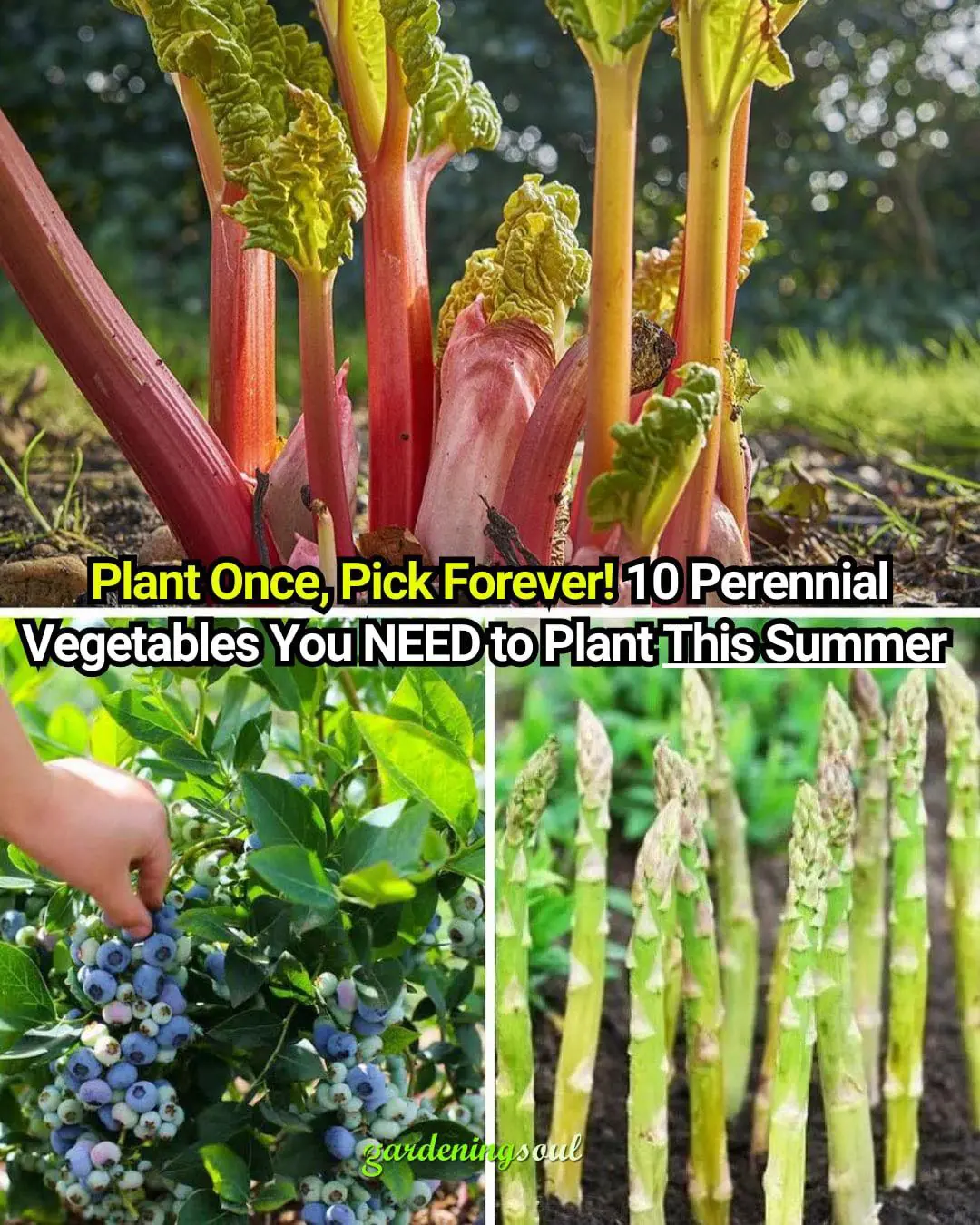
Plant Once, Pick Forever! 10 Perennial Vegetables You NEED to Plant This Summer
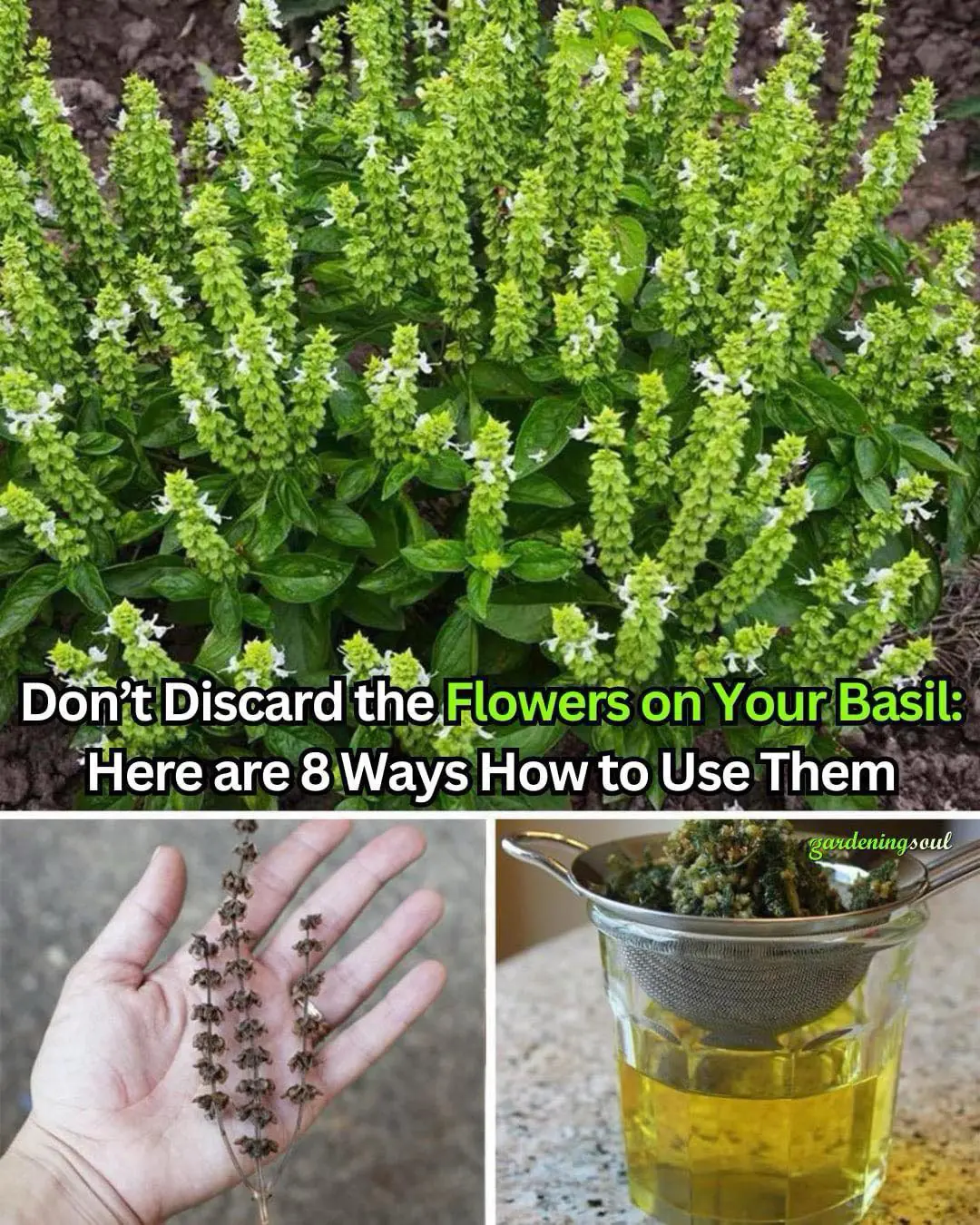
Don’t Discard the Flowers on Your Basil: Here are 8 Ways How to Use Them
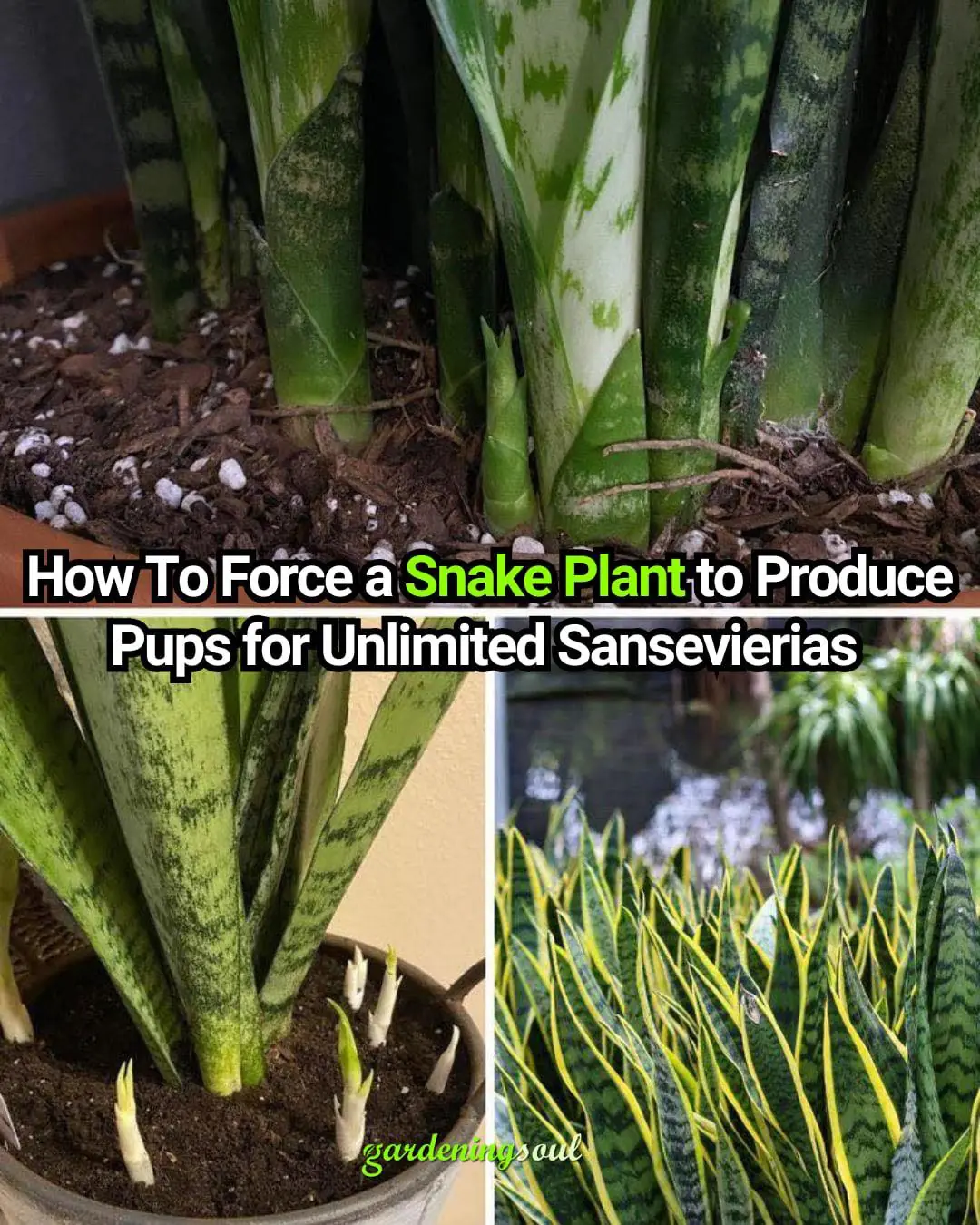
How To Force a Snake Plant to Produce Pups for Unlimited Sansevierias
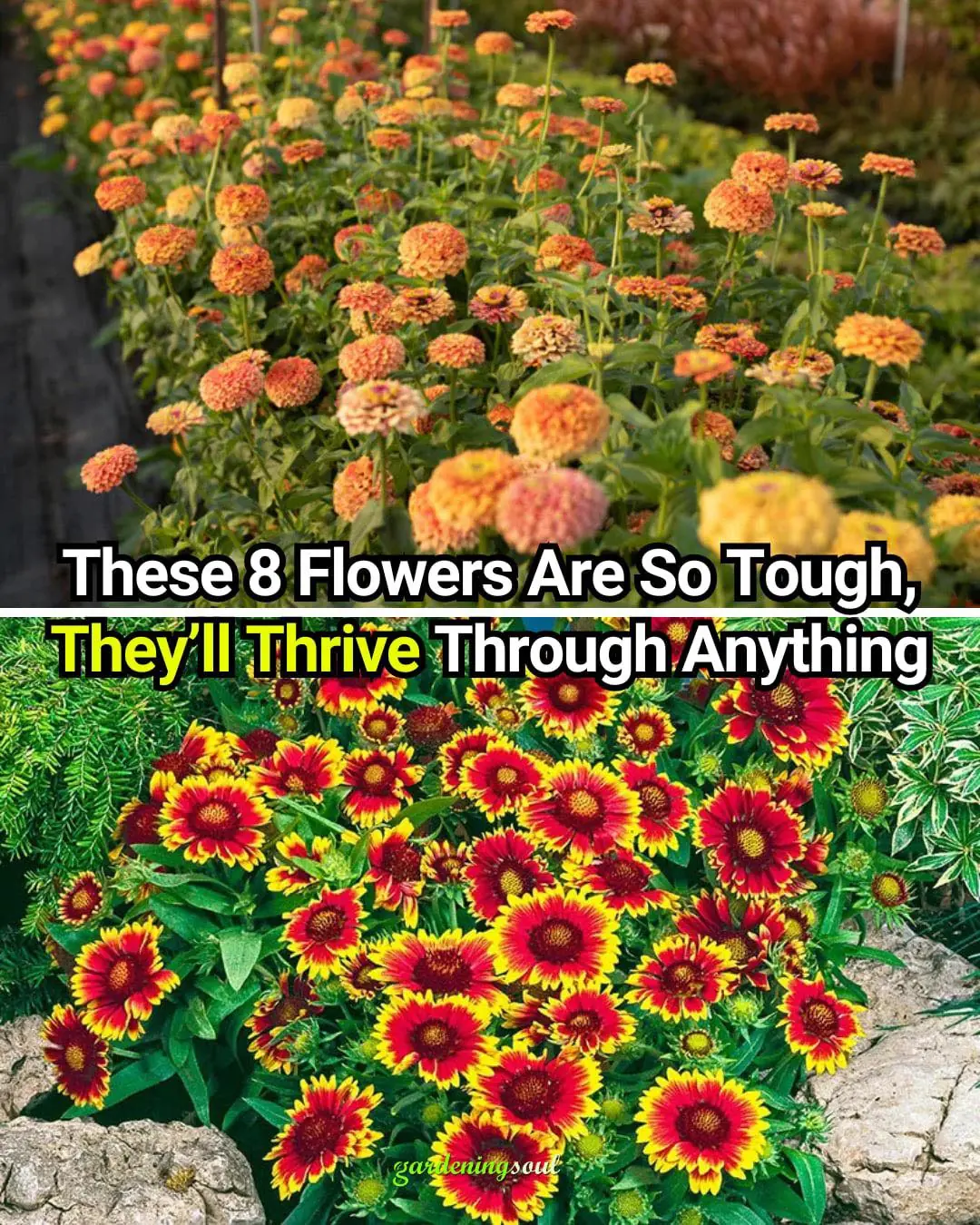
8 Plants That Will Thrive No Matter What
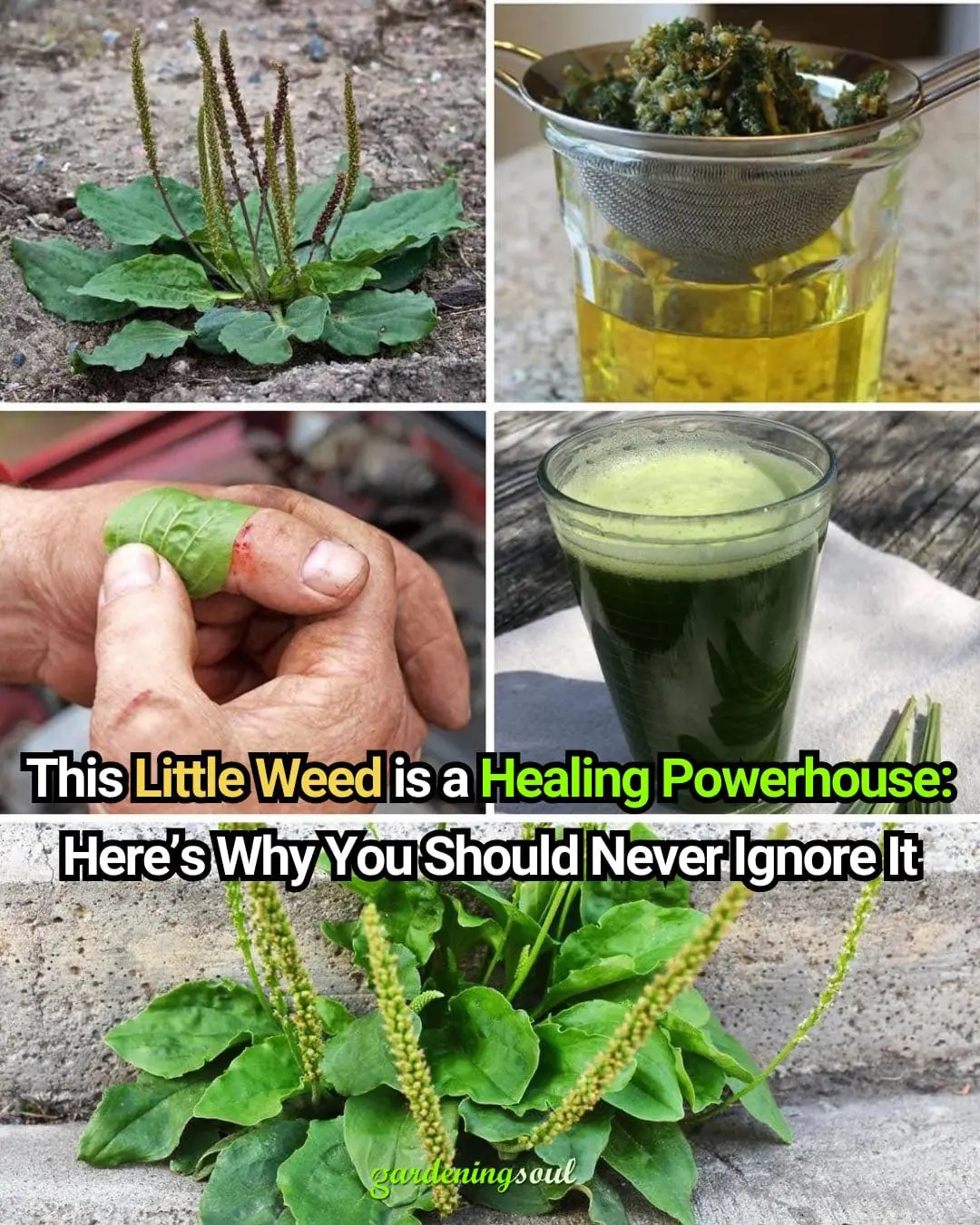
This Little Weed is one of the Most Useful Medicines on the Planet
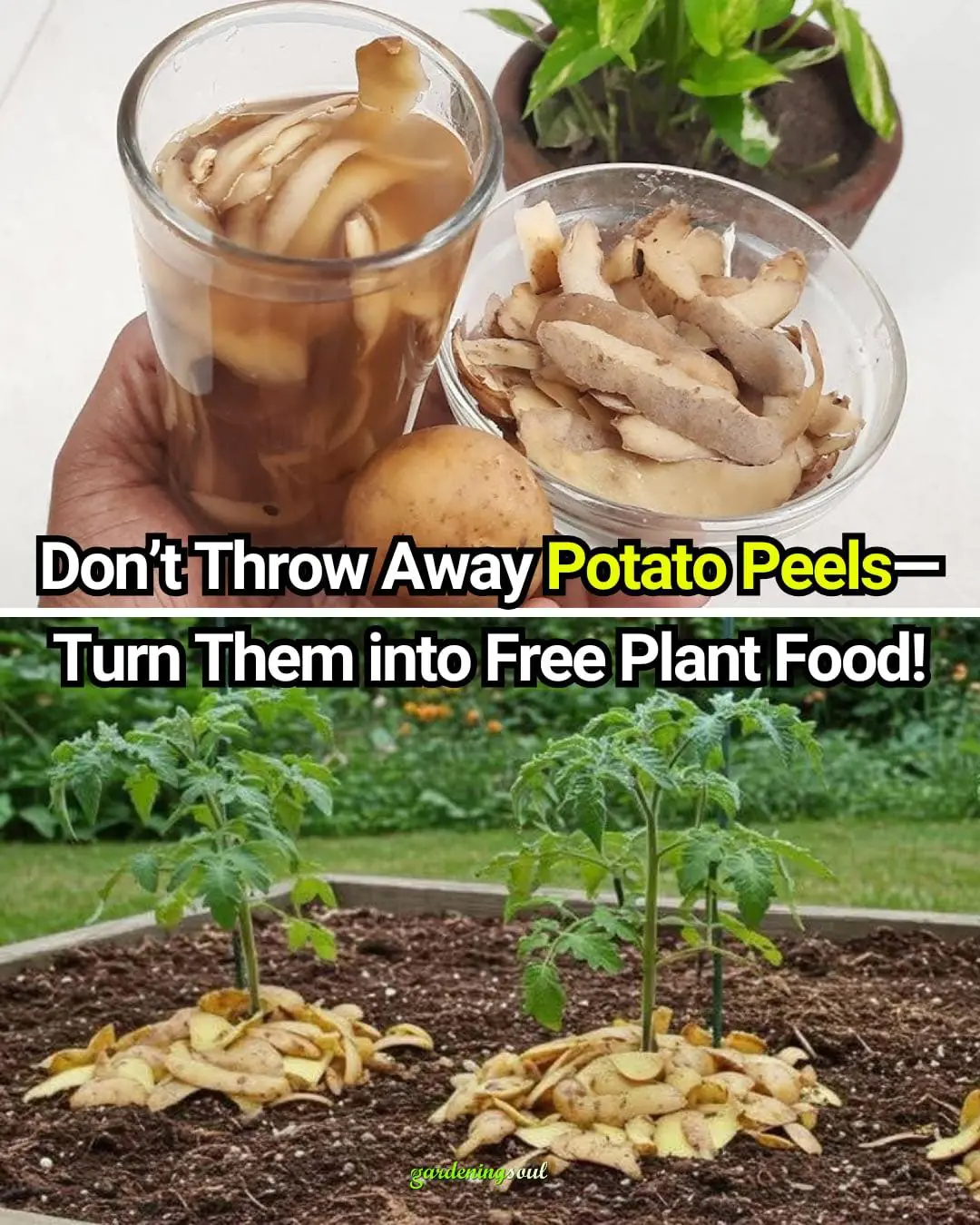
Don’t Throw Away Potato Peels—Turn Them into Free Plant Food!

25 Beautiful Plants That Grow Well Under Trees
News Post

How To Get Peace Lilies To Bloom More Often

How To Grow Zucchini In A Pot: An effective 6 steps guide

15 Vegetables You Can Harvest in 30 Days

The Black Serum To Get Long, Black Hair

Oil Infusion For Fast Hair Growth

Turmeric Eye Mask For Dark Circles
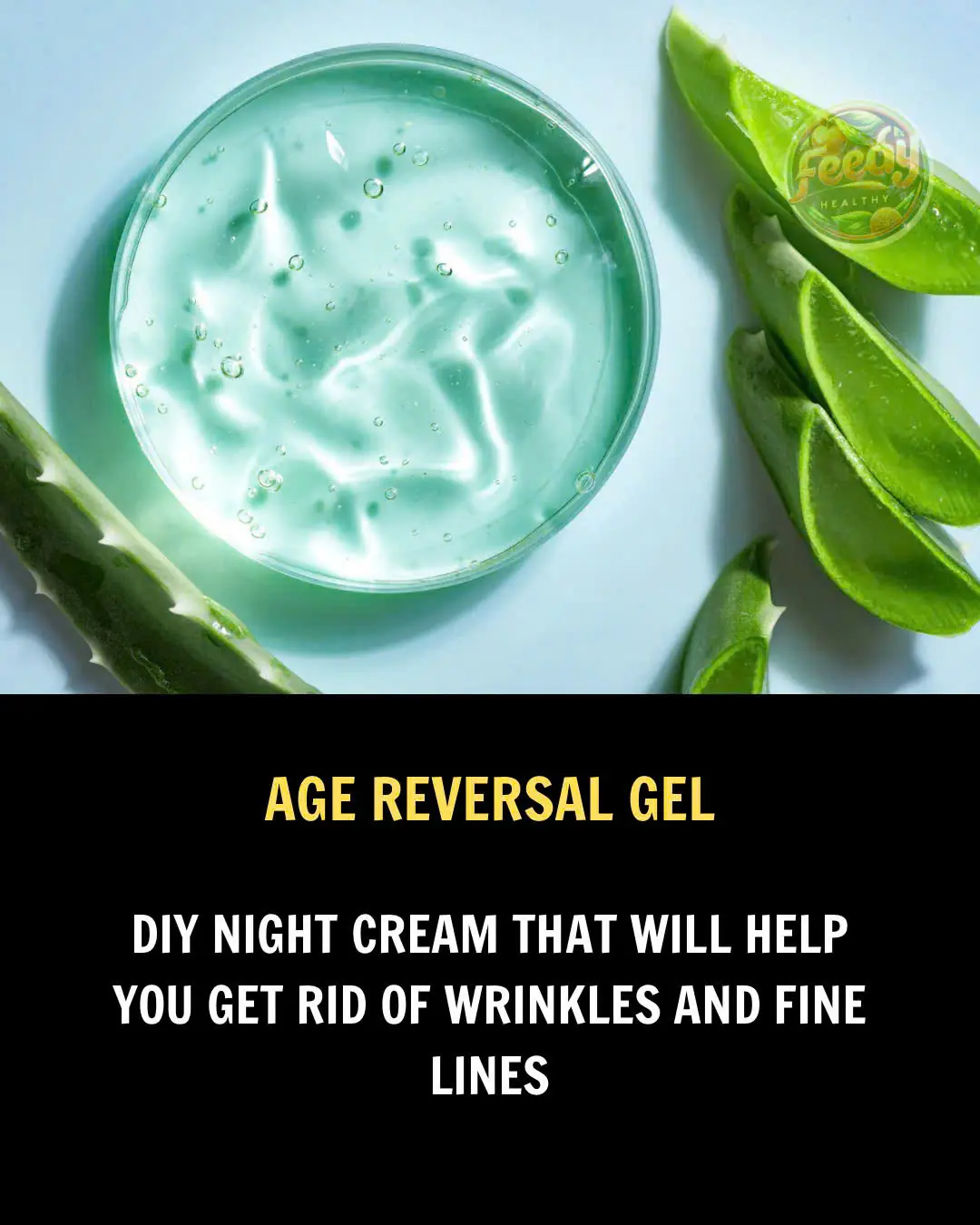
DIY Night Cream To Get Glow And Lovely Skin Naturally

Rice Flour & Flax Seeds Mask For Instant Glow & Younger Looking Skin

Tomato To Treat Hyperpigmentation, Dark Spots On Your Face
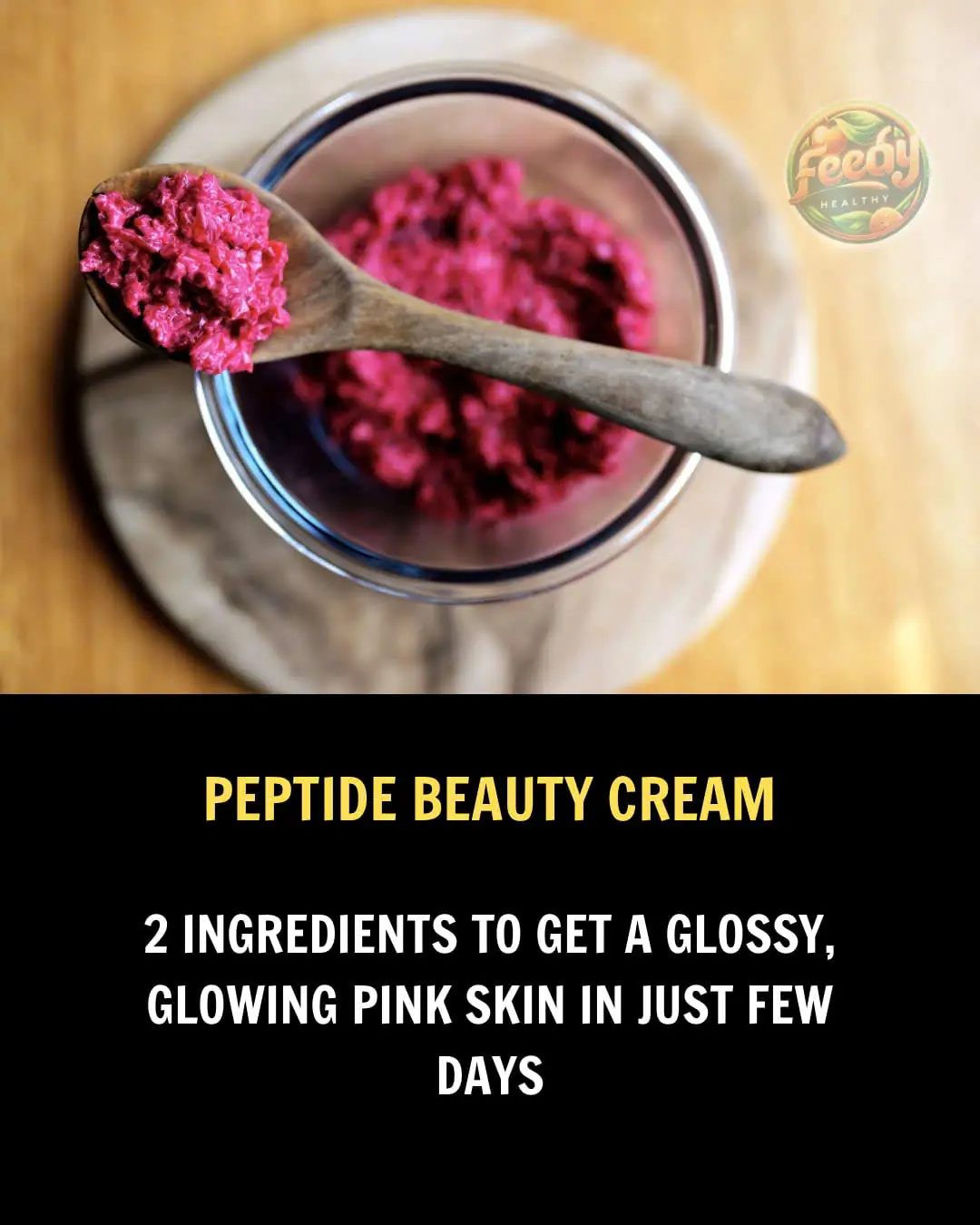
Beetroot Gel For Face

Collagen booster night cream!!

Homemade Anti-Aging Hand Scrub To Get Younger Looking Hands

Collagen booster night cream!!

How to use rice water to get clear & glowing skin naturally
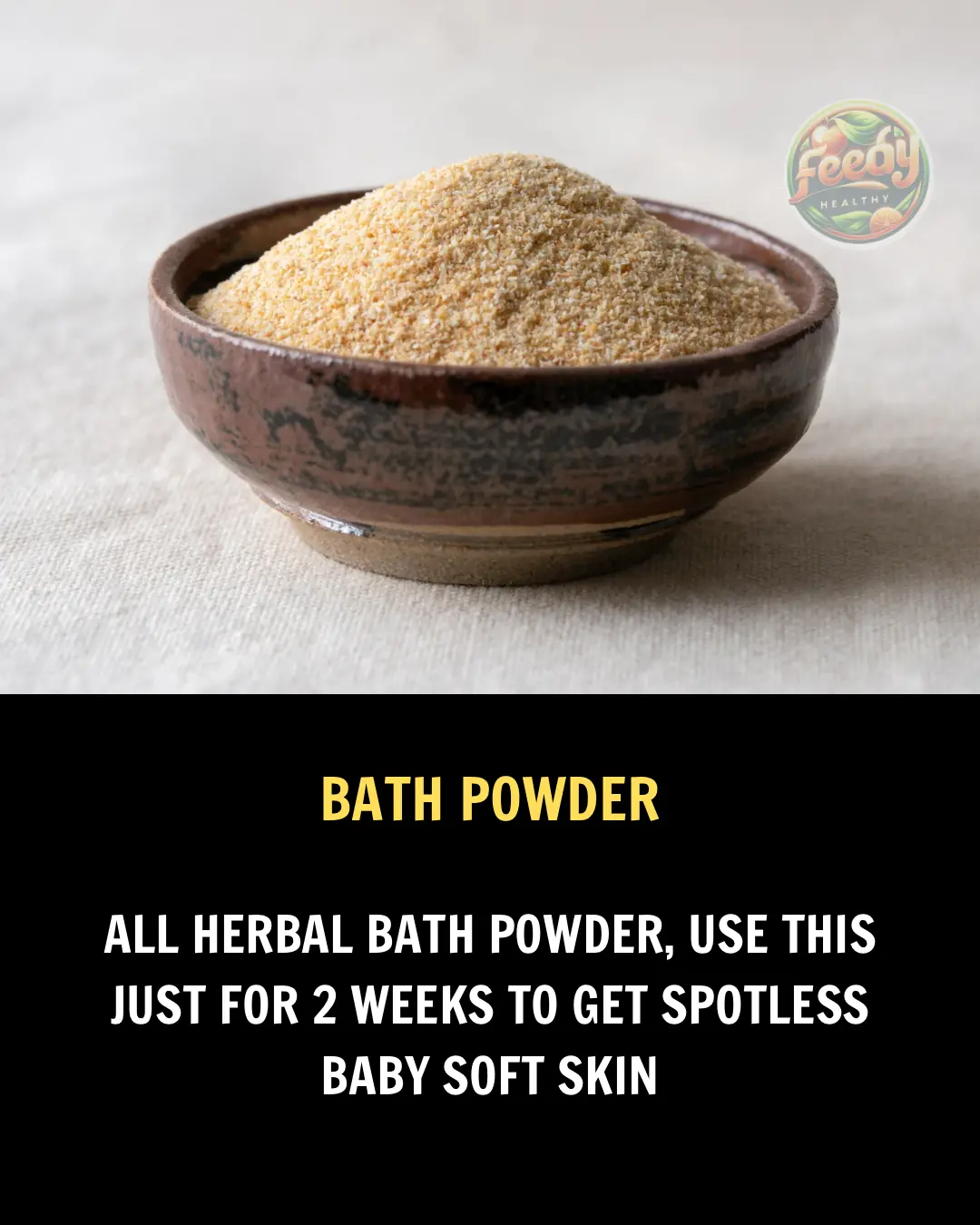
Miracle Indian Bridal Ubtan For Skin Brightening
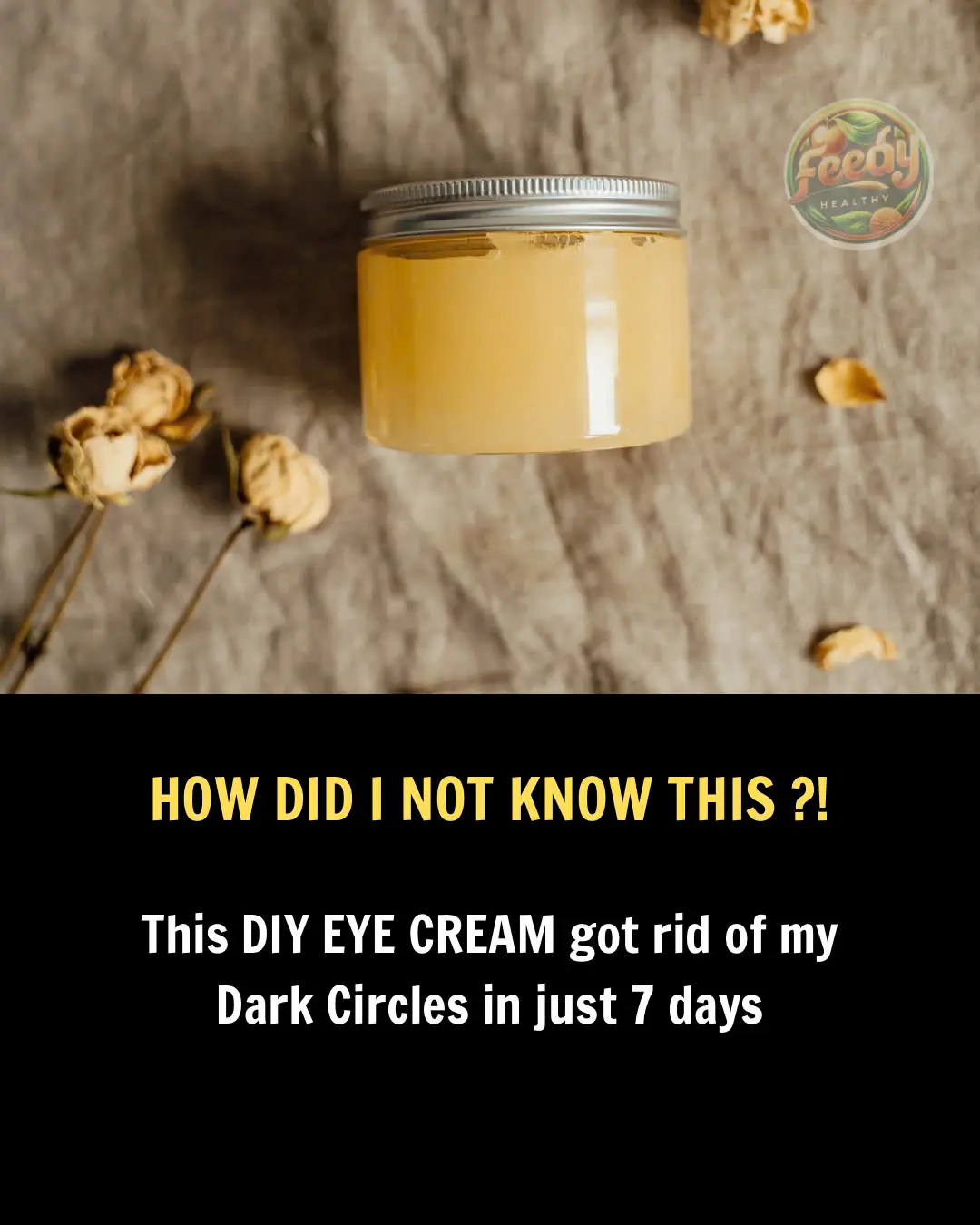
Turmeric Eye Mask For Dark Circles

DIY Keratin Treatment at Home for Smooth, Frizz-Free Hair

Collagen Combo For Glass Skkin

Beauty Cubes For Bright Glowing Skin
